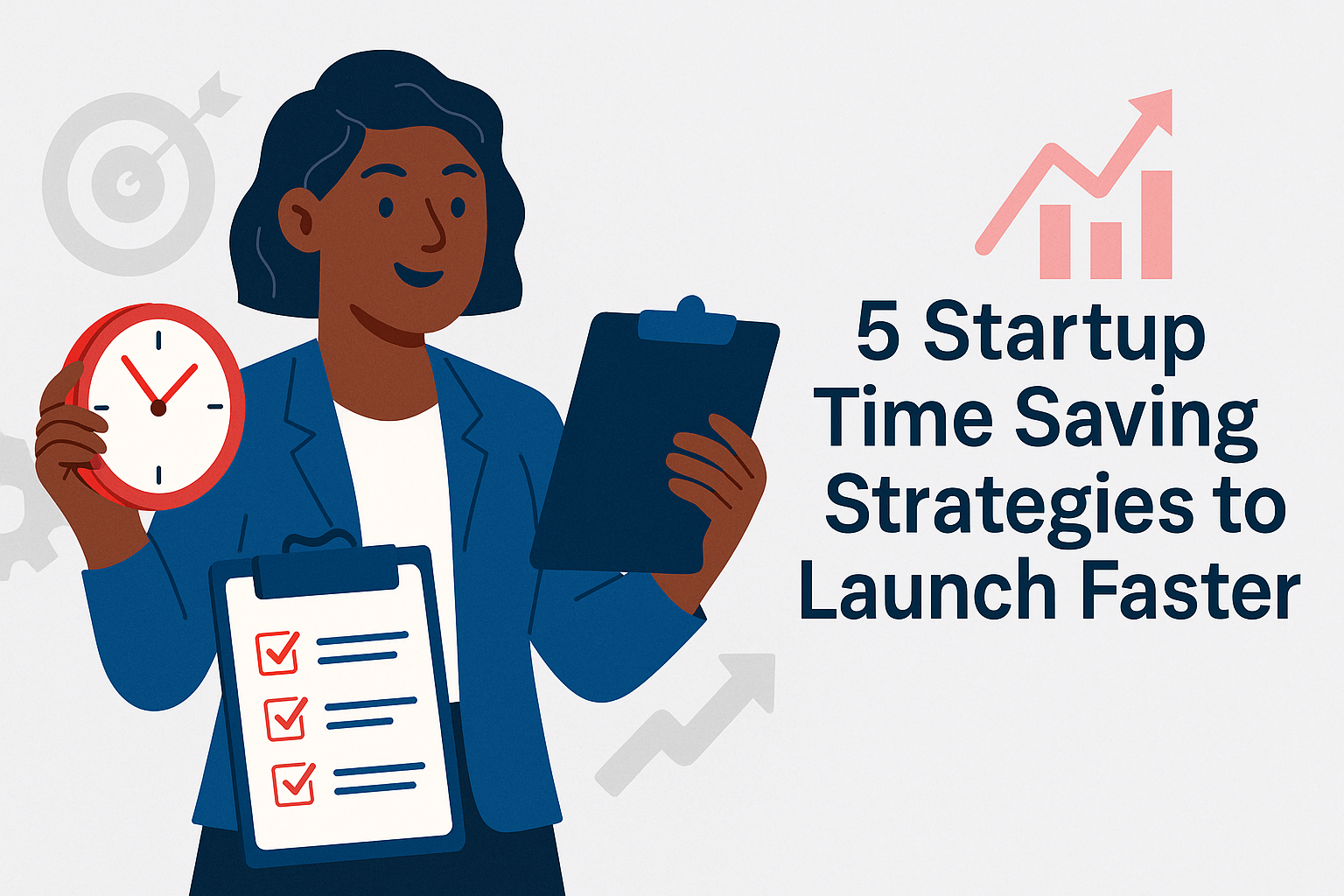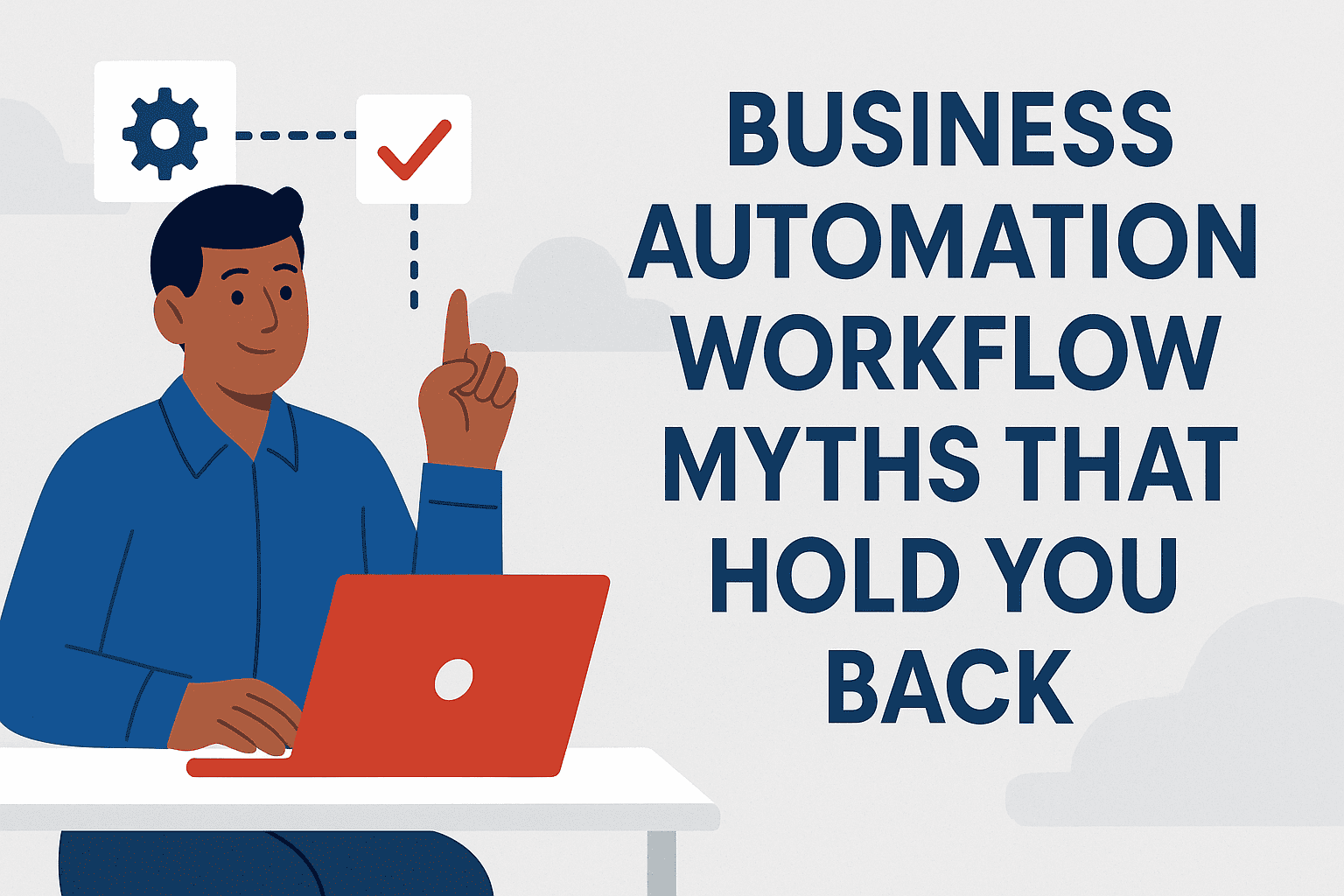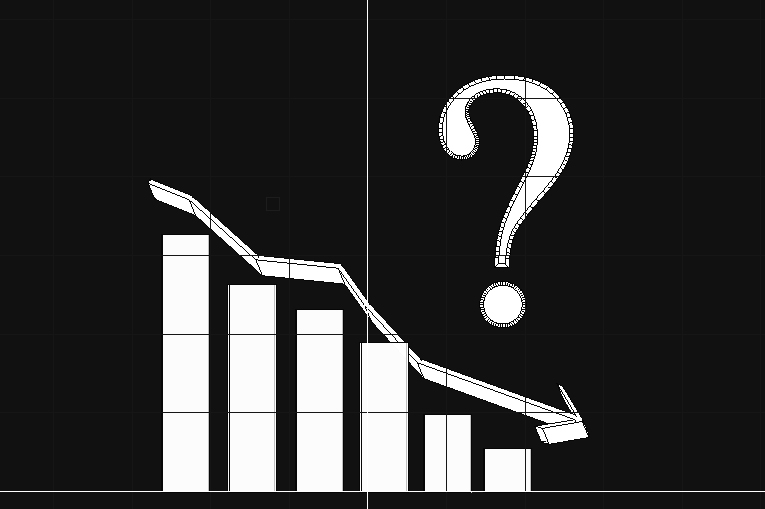Workflow Wednesday
When you map your workflows, you create opportunities.
You start to see patterns you didn’t notice before. Tasks that seemed essential turn out to be optional. Work you thought only you could do suddenly looks delegatable—or automatable. And maybe most important of all, you stop reacting to your workload and start shaping it.
That’s what happened when I finally sat down to map mine. I didn’t expect much—just wanted to feel a little more organized. But what I got was clarity. I saw where I was repeating steps, holding onto tasks I could hand off, and spending energy on things that didn’t actually move my business forward.
Workflow mapping isn’t just about structure. It’s about possibility. It’s how you shift from being the person who does everything to the person who designs how things get done.
If you’re trying to grow a business while still employed—or just tired of feeling like your time isn’t your own—this is your invitation to step back and start thinking like a founder. Not someday. Now.
Why Mapping Workflows Helps You Break the Employee Mold
Most of us were trained—formally or not—to think like employees. Do the work. Check the boxes. Keep things moving. That mindset works fine when your role is execution. But when you’re building a business, execution is only part of the job.

To grow something sustainable, you have to think in systems. You have to design how work flows—not just do the work. That’s the shift from employee to entrepreneur. And workflow mapping is one of the clearest ways to make that shift visible.
When you map your workflows, you stop relying on memory and muscle. You start looking at your business like an ecosystem: What’s coming in? What’s bottlenecking? What’s unnecessary? Where can the flow be smoother, smarter, or handed off entirely?
It’s a move from task-taker to decision-maker.
And here’s the kicker: you don’t have to quit your job to start thinking this way. Mapping your workflows—even inside your day job—builds the muscle you’ll need to run a business with clarity and confidence.
That’s exactly what happened when I started documenting my own work at my “day jobs.” Instead of repeating myself constantly, I created documentation and training materials that answered questions before they landed in my inbox. Eventually, those resources became internal FAQs—not just for me, but for co-workers and end users. Mapping my workflows didn’t just make my work easier; it gave everyone around me more autonomy, too.
This is about reclaiming your agency. Instead of being buried in the doing, you’re designing how the doing gets done.
Signs You’re Stuck in Execution Mode
Most early entrepreneurs don’t realize they’re still operating like employees—until they’re stretched too thin to keep up.
If you’re constantly busy but never feel caught up, chances are, you’re still in execution mode. That’s not a moral failing—it’s a default. One that mapping can help you break.
Here are a few signs you might be stuck in it:
You jump into tasks without thinking about whether they belong on your plate.
You solve the same problem multiple times because it’s faster than documenting a solution.
You dread taking a day off because everything depends on you being available.
You know you should delegate or automate—but you don’t know what, where, or how to start.
I see this all the time—even in my day job. Some folks hoard knowledge like it’s job security. They don’t document. They don’t teach. Then they keep everything in their heads so that no one else can step in. But here’s the irony: when they finally take a day off, the work just piles up—and they’re buried the moment they get back.
That’s not security. That’s a trap.
I’ve always believed in sharing what I know. I document, I create training materials, I build workflows and systems that others can step into. And when it’s time for me to take a real vacation—two, even three weeks off—I can actually rest. I don’t take phone calls. I don’t answer emails. And no one is left hanging. The work keeps moving.
It’s the same in my business. I’ve done every role—not because I want to do them forever, but because I need to understand them well enough to hand them off. I write the job descriptions. I build the SOPs. And I map the workflows. That’s how I lighten my own load.

Because when you map your workflows, you don’t just work smarter—you give yourself permission to stop doing it all alone.
And here’s the part no one tells you: if you haven’t taken time to map your workflows, these patterns aren’t just common—they’re expected. When you don’t have a bird’s-eye view of your business, everything feels urgent. Everything feels important. And every decision feels like guesswork.
But once your processes are visible, you can actually see what’s dragging you down.
Mapping makes it clear what can be eliminated, handed off, or streamlined. It doesn’t just lighten your load—it helps you lead your business like a business, not a job in disguise.
What Workflow Mapping Looks Like in Practice
Workflow mapping doesn’t have to be complicated. You don’t need fancy tools or diagram software to start. You just need to walk through what’s actually happening—step by step.
Pick one repeatable process in your business. Something you’ve done at least five times this month. Maybe it’s how you follow up with a lead. Maybe it’s how you post a blog or send an email. Then ask yourself:
What triggers this process?
What are the exact steps involved?
Who’s responsible for each part?
Where do things get stuck?
What’s being done manually that could be automated?
What’s being done by you that could be delegated?
That’s workflow mapping.
For me, it started with blog posts. I was writing, formatting, uploading, adding links, inserting images—every single piece myself. It wasn’t just time-consuming. It was draining. But once I mapped the workflow, I could see the pattern—and the opportunities to break it up. Now, I write the content, and my assistant handles the uploading and image selection, and double checks to make sure everything is ready to publish. The steps are clear. The outcomes are consistent. And I’m no longer spending hours in WordPress every week.
It didn’t just save me time. It made me feel like a business owner again—not a content machine.
That’s the power of visibility. When your workflow lives in your head, you’re constantly juggling. When it’s mapped out, you’re managing a system—not just tasks
How Workflow Mapping Prepares You for Automation
One of the biggest mistakes solo business owners make is jumping into automation before they understand their own process. It’s tempting, especially when you’re overwhelmed, to reach for a tool hoping it will fix the chaos. But if you haven’t mapped your workflows first, automation just speeds up confusion.
Workflow mapping gives you clarity before you add complexity.
Once you know what happens (and when), you can start asking the right questions:
Is this step repeatable?
Does it require a human decision, or could a system handle it?
Am I doing this out of habit, or is it actually necessary?

That’s when tools like Zoho Flow, Zapier, or Airtable become powerful—not because they replace your thinking, but because they execute the system you designed.
I always recommend mapping before automating because mapping forces you to slow down and look at what’s really happening in your business. When you skip that step, automation becomes a guessing game. But when you start with a clear map, you’re not just plugging in tools—you’re building an ecosystem that runs without you micromanaging every part.
Because that’s the point of all this: freedom, not just efficiency.
You Don’t Have to Carry It All
If you’ve been trying to hold your business together with sticky notes, memory, and sheer willpower—you’re not alone. Most people start that way. I know I did. But that approach will only take you so far.
Mapping your workflows is how you stop surviving your business and start shaping it. It’s how you go from task-doer to system builder. From bottleneck to leader. From holding it all in your head to building something that can grow beyond you.
You don’t need to be perfect at it. You just need to start.
And if you’re ready to build smarter systems that lighten your load and make space for freedom—not just efficiency—I’ve got something for you.
💡 Want more clarity and tools to support your business?
Join my mailing list and get practical, no-fluff strategies for building a business that fits your life—not one that consumes it. I’ll send you high-value tips, behind-the-scenes tools, and guidance.
Because freedom doesn’t start with a tool. It starts with how you build.






